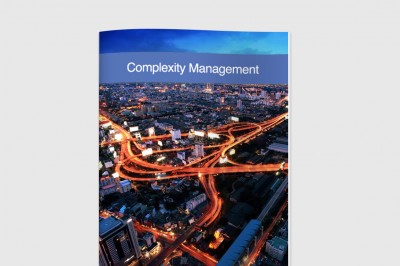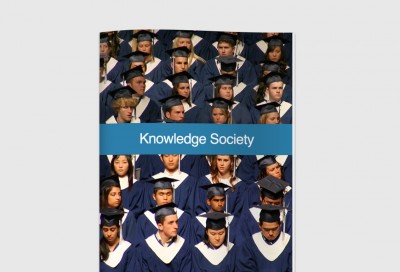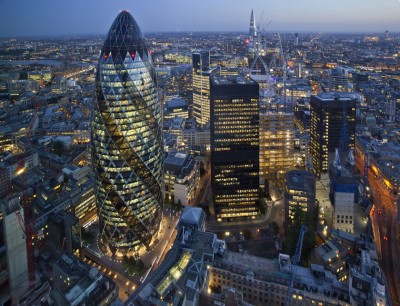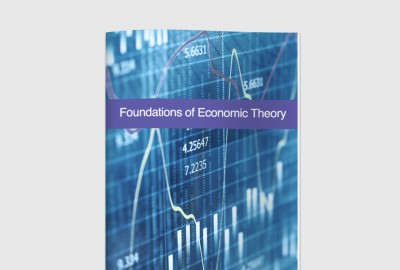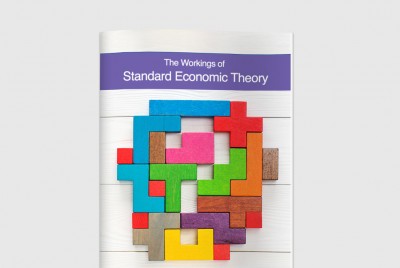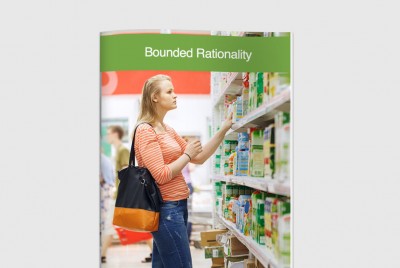V is for Volatility
Complex systems are said to exist at a far-from-equilibrium state, meaning that they consume a lot of energy so that they are able to avoid their lowest energy state (otherwise known as equilibrium) and are able to continuously change and evolve. This is what physicists call a dynamic system and it is one of the key properties of complex systems. Biological systems are good examples of dynamic systems they require a constant input of energy in order to maintain homeostasis(live) and grow.
Another feature of complex systems is that they can flip from one state to another very rapidly, through what is called a phase transition. A phase transition doesn’t just change some of the systems properties, it changes the structure and makeup of the system itself, the actual parameters that define it. Think about a butterfly changing into a caterpillar, this is a phase transition it is a systemic change, the metrics and the vocabulary we used to describe the creature before and after the transition are fundamentally different. The result of this is that complex systems are volatile, meaning they are constantly changing, they can change very fast and importantly their state can change drastically, that is, shift from one regime to another – Dubai’s transition from traditional fishing village to global metropolis within a few decades is an example of a rapid phase transition or regime shift.
The rapid pace of change within the global economy has been driven largely by technological development, as the rate of technological innovation has greatly increased over the past few decades with the advent of information technology and today the rise of clean technology. Coupled with this has been the expansion of the global economy as many more countries have joined, creating an environment of heightened competition. Within this environment corporations are eager for a competitive advantage through innovation, the net result is a rapid drive forward of technological development. As globalization takes us into this expanded global environment, the distribution of possible states to organizations and their environment is greatly broadened. For example in this global environment a business may be operating in both an economy with a GDP per capita of six hundred dollars or fifty thousand dollars, working under a dictatorship or alongside a pluralistic democracy.

